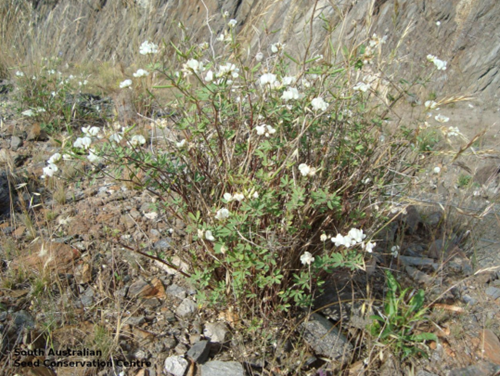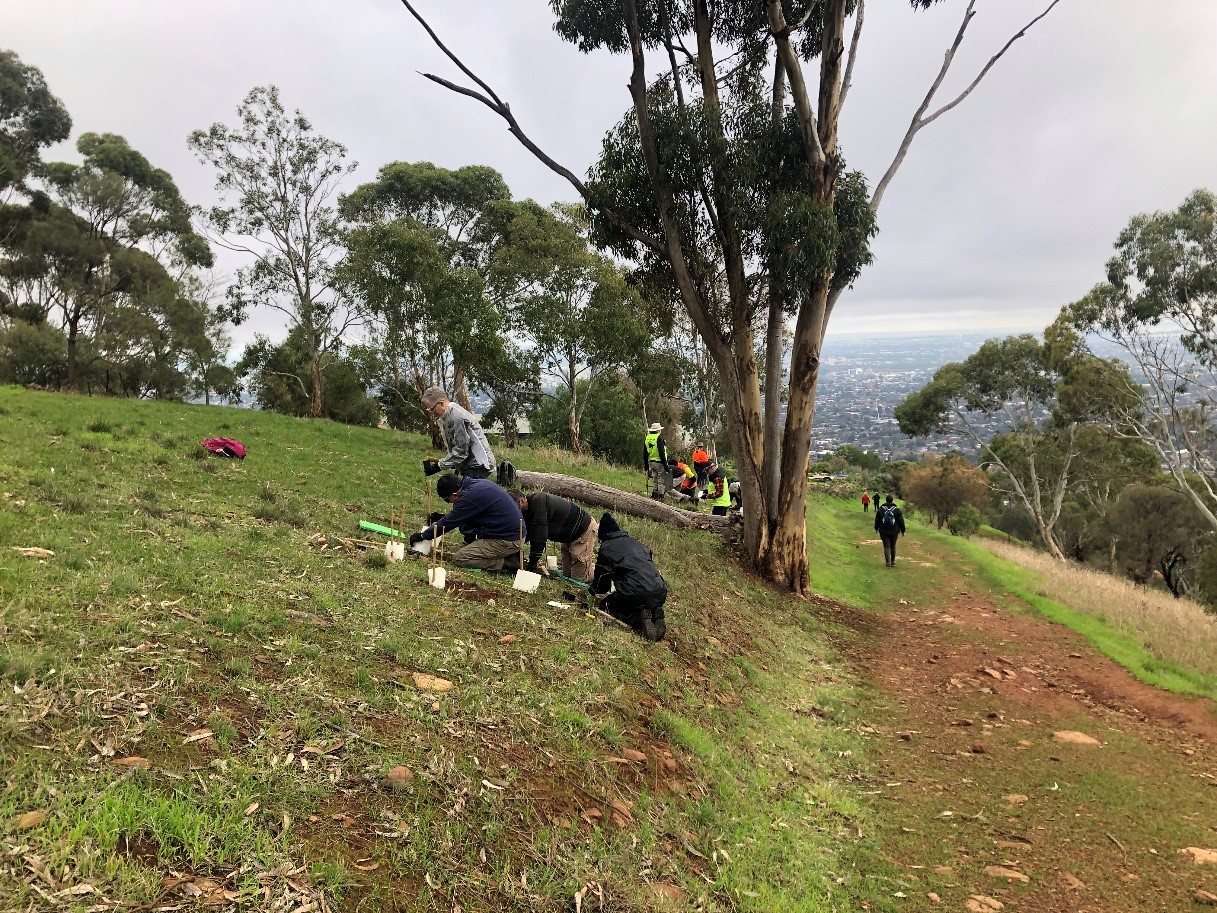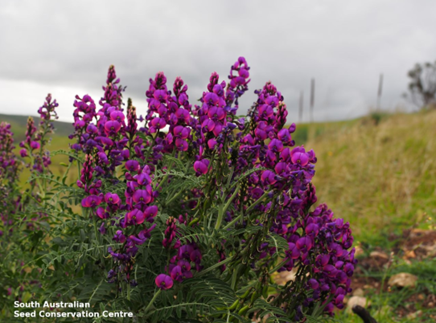Adelaide’s coastal dunes are set for a biodiversity boost with hundreds of rare and threatened native plants being added. Find out more about this strategic planting project and what’s been achieved so far.

Did you know that over the past 4 years, more than 5000 rare and threatened plants have been planted in and around Adelaide in a bid to re-establish them in areas that they were once found?
It’s all part of a long-term threatened plant project that we lead, in partnership with Trees For Life and the SA Seed Centre.
The project focuses on reintroducing diverse native plants that have disappeared from our landscape through things like urban development and overzealous weeds.
Getting these species back into Adelaide will help protect the future of the plants themselves, but also will help locally native wildlife that rely on these plants for places to live or even as part of their diet.
This year, we’re targeting Adelaide’s metropolitan coast.
This will improve habitat for wildlife that call our coastal dunes home, reduce negative impacts of erosion (such as our dunes being worn away!), and provide diversity to these patches of nature.
Find out how our plantings from previous years of the threatened plant project are going, why we are focusing on the coast this year, and how you can get involved.

Bush For Life volunteers assist with a previous year’s threatened plant project, in the Mt Osmond area.
What’s been achieved so far?
In recent years more than 5000 rare plants, including tall daisies (Brachyscome diversifolia), golden billy buttons (Pycnosorus chrysanthes) and arching flax lilies (Dianella longfolia grandis) have been planted across 22 sites around Adelaide.
The SA Seed Centre plays a big part in getting these rare species back into nature, collecting seeds from local populations and propagating them, which means getting the new seeds or plant fragments to grow.
Trees For Life volunteers then look after the plants until they are ready to be planted into the identified sites, and then Bush For Life volunteers carry out the planting itself.
They do this at sites already being looked after within the Bush For Life program, where they have already made sure the rare plants won’t have to compete with lots of weeds and would therefore have a higher chance of long-term survival
In good news, many of these species are doing well across the sites – and we’ve been able to learn from how the plants are growing to identify opportunities for future plantings.
Even where a species hasn’t survived or there are only a handful of plants left, we’re learning about their ideal growing conditions help them thrive into the future.
What’s the focus this year?
This year our threatened plant project has a coastal flavour, so we’ll be providing a biodiversity boost starting with these 5 rare and threatened species:
| Common name | Species | Status in Adelaide area |
| Hawkweed picris | Picris squarrosa | Endangered |
| Coastal swainson-pea | Swainsona lessertiifolia | Vulnerable |
| Dune thistle | Actites megalocarpa | Rare |
| Australian trefoil | Lotus australis | Near threatened |
| Elegant yellow-top | Senecio pinnatifolius maritimus | Rare |
This work is important for our coastal dunes, which will provide important habitat for creatures such as painted dragons.
These areas along the coast are pretty special – not only because of the important wildlife they support, but because dedicated volunteers have done a great job of looking after these patches!
Coastlines in the metropolitan area have faced challenges thanks to weedy species, especially sea spurge and gazania in these sandy areas. But the work of dedicated coastal volunteer groups to remove these weeds means we can now consider adding rare and threatened native species back into these dunes.
And just like with our previous years’ plantings, moving to a coastal focus this year gives us a good opportunity to learn more about these rare species and what sort of conditions can help them flourish.
Have this year’s dry conditions had an impact?
This year has been a tricky one in terms of get these more sensitive plants well-established in new sites because of the prolonged dry weather we had in the first half of this year.
On top of getting plants established, a lack of rain can also reduce the number of seeds available for some plants.
Thankfully, there are several species that are resilient to these conditions.
Many species have a tuberous (or big, main root) that can store water and nutrients underground during unfavourable conditions, even if the part of the plant you can see is looking pretty crispy. When there is decent rain, the plant can still come back strong.

Coast swainson-pea (Swainsona lessertiifolia), one of the species being planted at coastal sites. Photo: South Australian Seed Conservation Centre.
Get involved
And the best thing about our coastal rare plants project? You can get involved!
There are opportunities to help with weed removal and planting by signing up as a volunteer with the Bush For Life program.
Want to know more?
Learn more about how our threatened plant project has gone in previous years.